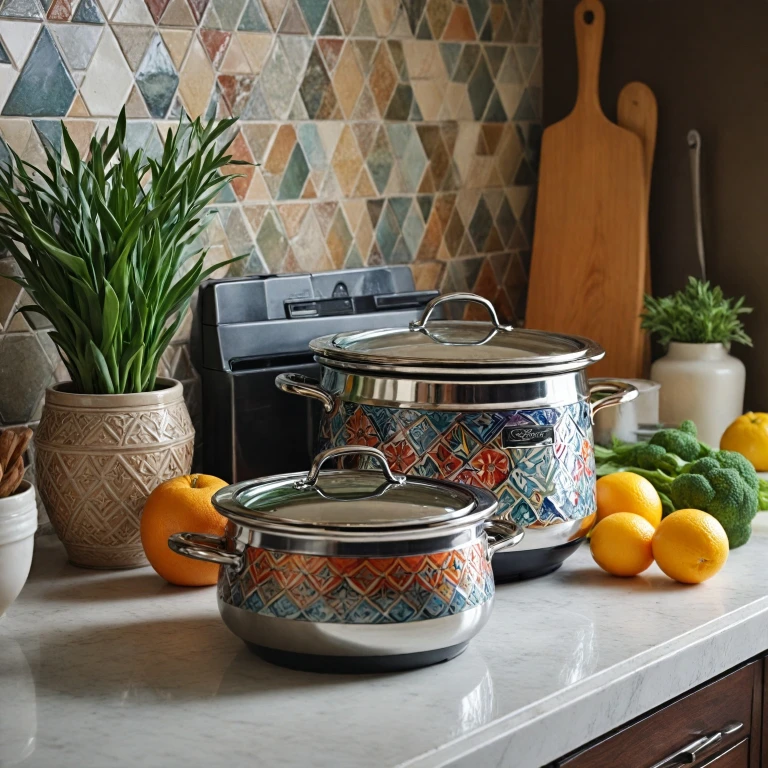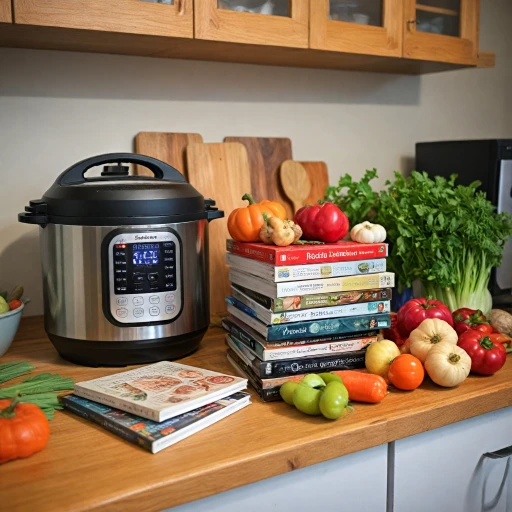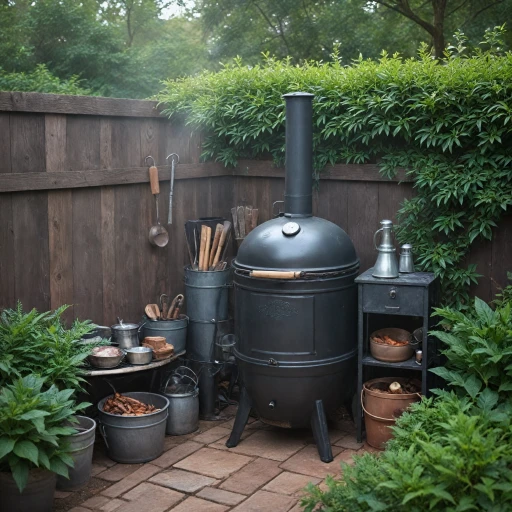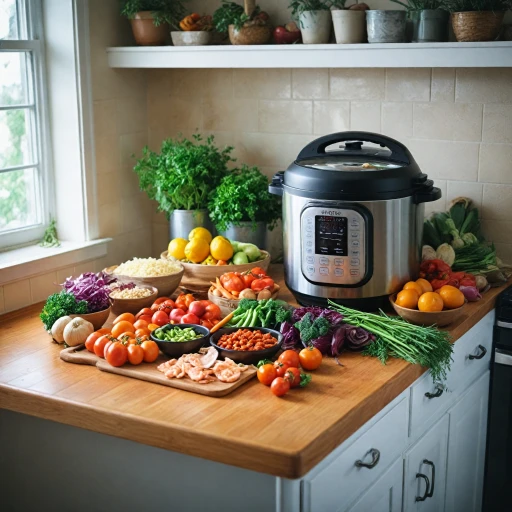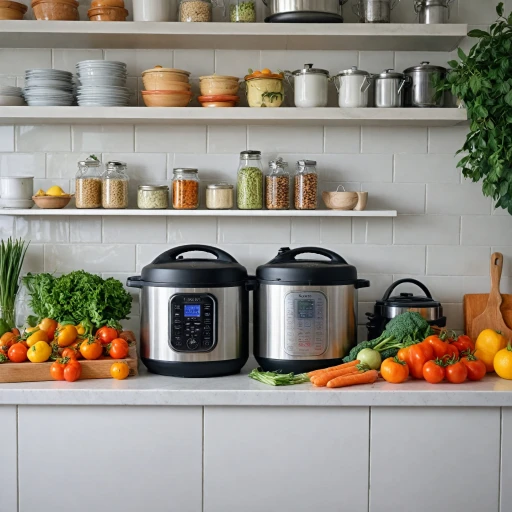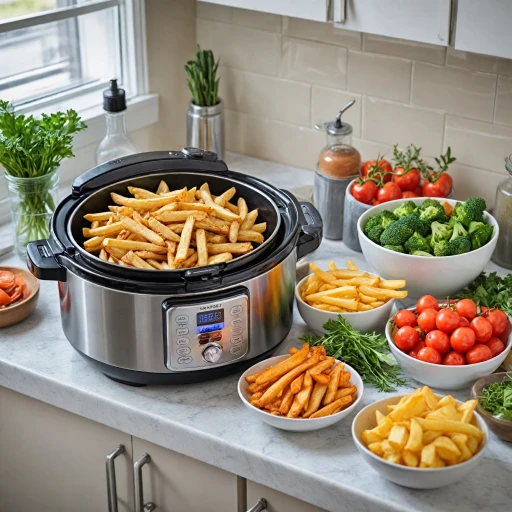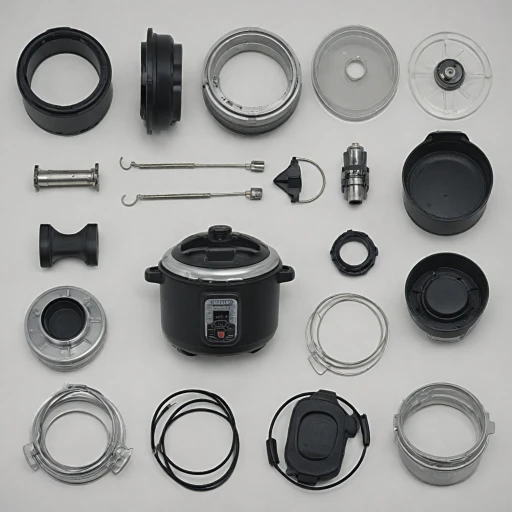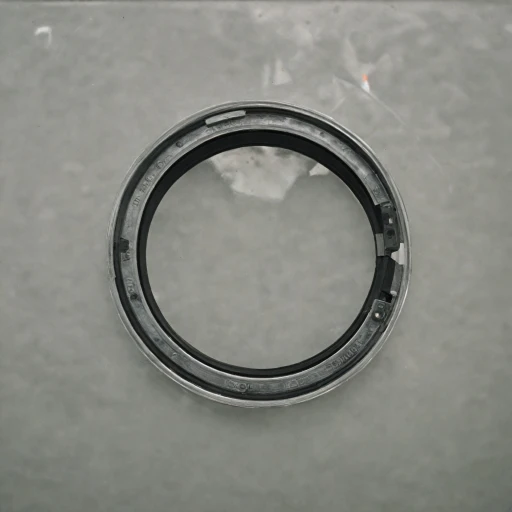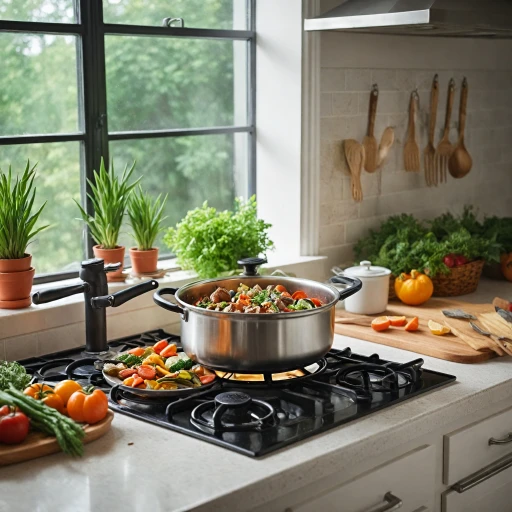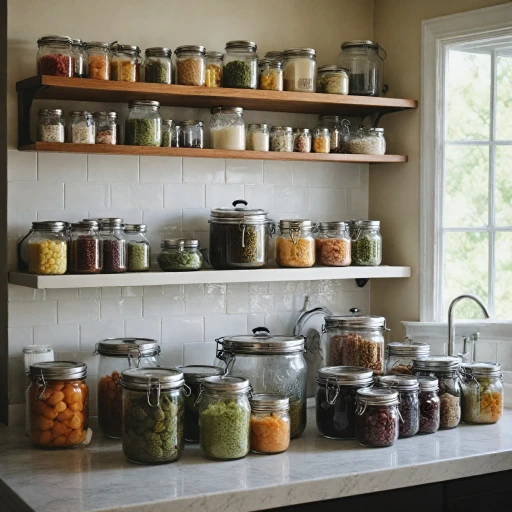
Understanding Material Differences
Differentiating Ceramic and Stainless Steel in Pressure Cooking
When it comes to choosing the best material for your electric pressure cooker, it's crucial to understand the fundamental differences between ceramic and stainless steel cookware. The material you select will influence various factors such as cooking performance, maintenance, and cost.
Stainless steel cookware is renowned for its durability and resistance to high heat, making it a popular choice in many kitchens. This material doesn't react with food or alter flavors, offering a reliable cooking surface without any added chemicals. It's perfect for those who seek longevity and minimal maintenance in their cookware set.
On the other hand, ceramic cookware, or more commonly, ceramic coated items, offer a nonstick surface that can be ideal for cooking delicate foods that have a tendency to stick. These pans are coated to resist sticking and generally require less oil for cooking, which can be beneficial for those looking to reduce fat intake in their diet. However, some ceramic coatings might not be able to withstand as high heat as stainless steel, so it’s important to consider your cooking style.
The choice between pure ceramic and ceramic stainless can also be influenced by how you prioritize health and safety considerations—since some worry about cookware coatings—along with how you intend to maintain the cookware over time. The availability and variety of pots, pans, and complete cookware sets should also factor into your decision, along with how they align with your kitchen needs and personal preferences.
Health and Safety Considerations
Health and Safety Implications of Material Selection
When considering health and safety in your kitchen, the materials used in your cookware can significantly impact your peace of mind. Whether choosing stainless steel or ceramic for your electric pressure cooker, knowing their characteristics is essential. In terms of safety, stainless steel pots stand out due to their durability and inert surface. Unlike some nonstick coatings, high-quality empty stainless steel cookware does not leach harmful chemicals into your food, making it a reliable choice. They are also resistant to scratches and dings that could lead to contaminant seepage. Ceramic cookware, particularly those with a pure ceramic coating, offers a more eco-friendly option. They're generally free from PTFE and PFOA, compounds often found in traditional nonstick coatings that have raised health concerns. However, care should be taken with ceramic coated cookware, as the coating can degrade over time, especially under high heat, potentially releasing unwanted particles. Moreover, consider the heat conductivity and distribution properties. Stainless and steel ceramic pans are known to handle high heat without warping. Ceramic pans might provide an easy-to-clean nonstick surface but can be prone to chipping or cracking if mishandled. Ultimately, both stainless steel and ceramic pots have their merits and drawbacks. Weighing the health implications alongside their functional benefits will guide you in determining the very best set for your kitchen needs.Durability and Maintenance
Assessing Durability and Ease of Care
When choosing pots and pans for your kitchen, understanding how materials perform in terms of longevity and maintenance can make a significant difference. Stainless steel cookware and ceramic cookware, each with unique characteristics, offer varied benefits in these areas.
Stainless steel cookware is known for its exceptional durability, often able to withstand high heat and resist scratching better than many other materials. For those who prefer cookware that stands the test of time, a stainless steel set might be the best investment due to its long lifespan and resilience to damage. It is generally more resistant to dents and warping, which ensures consistent cooking performance over the years.
On the other hand, ceramic cookware, especially those with a ceramic coated surface, might require slightly more care to maintain in pristine condition. This type of cookware offers a nonstick cooking experience, which can be a major advantage in terms of cleaning. However, the ceramic coating might degrade over time, particularly when exposed to very high heat or if scraped with metal utensils. To keep ceramic pans looking as good as new, it's often recommended to use silicone or wooden utensils and to avoid cooking at excessively high temperatures.
Both materials have their strengths and weaknesses in terms of maintenance. While stainless steel might require more effort to keep looking shiny—often needing a good polish to tackle water spots or burnt residues—its basic care routine is generally straightforward. Meanwhile, ceramic coatings can be easier to clean in day-to-day use but might demand more careful handling to prevent chipping or scratching.
Ultimately, the choice between the durability and maintenance of stainless steel versus ceramic pans could depend as much on your cooking habits as it does on your preference for maintenance intensity. It's crucial to consider these aspects alongside the health and safety considerations, as well as cooking performance to make the most informed decision. For more insights about equipping your electric pressure cooker, check out this guide to canner accessories.
Cooking Performance
Evaluating Cooking Performance: Ceramic vs. Stainless Steel
When it comes to cooking performance in electric pressure cookers, both ceramic and stainless steel materials bring unique benefits to the table. Here's how they stack up:- Heat Conductivity: Stainless steel cookware is known for its even heat distribution, which is crucial for achieving consistent results in pressure cooking. Despite common perceptions, uncoated stainless steel may not be the best at spreading heat uniformly without an aluminum or copper core. On the other hand, ceramic pans, especially those with a ceramic coating, excel in conducting heat and often allow for quicker cooking times.
- Nonstick Properties: Ceramic coatings offer superior nonstick surfaces, reducing chances of food sticking while cooking. This is particularly advantageous when preparing delicate dishes in pressure cookers. In contrast, stainless steel pots and pans require attention to oiling to prevent food from sticking, which may be a consideration for those focusing on health and safety factors.
- Handling High Heat: Both ceramic and stainless steel are relatively adept at handling high heat, but ceramic cookware tends to wear down more quickly when exposed to excessive temperatures over time. Stainless steel, known for its high durability, holds up better and can withstand high heat without degrading.
- Compatibility with Various Foods: Foods with acidic contents may react with certain metal surfaces. While stainless steel is generally reactive-resistant, ceramic cookware, especially pure ceramic options, is entirely inert, ensuring no reaction with any food—even high acidity meals.
Cost and Availability
Evaluating Cost and Availability of Cookware Materials
When considering the best choice of pots and pans for your electric pressure cooker, understanding the cost and availability of ceramic and stainless steel options is crucial. These factors can greatly influence your decision when purchasing new cookware. Stainless steel cookware tends to be more widely available and frequently sold as part of a complete cookware set. It's a popular choice in kitchen stores due to its durability and versatility, making it suitable for a wide range of cooking styles. With competitive sale prices, it’s an accessible option for many home cooks. However, the price can vary based on the thickness of the steel and the quality of the construction, which may include additional layers like aluminum or copper for better heat distribution. In contrast, ceramic cookware, including pure ceramic and ceramic coated pans, might come at a slightly higher price point due to its nonstick properties and aesthetic appeal. Despite this, ceramic pans are becoming increasingly available as more consumers seek out alternatives that align with health and safety considerations, free from harmful chemicals. For those leaning towards the cast iron or carbon steel options, these materials offer excellent heat retention and are often praised for their superior cooking performance. However, they might require special care, impacting their availability in regular kitchen stores. Often, such items are found in specialty shops or online, where a broader selection can be discovered. In conclusion, both stainless steel and ceramic cookware offer unique advantages in terms of cost and availability. While stainless steel is generally more affordable and easy to find, ceramic options, though often pricier, provide specific benefits that might justify their cost for some users. It’s essential to weigh these factors against your cooking style and personal preferences to ensure you're getting the best value for your kitchen.User Preferences and Reviews
Exploring Consumer Insights
When it comes to choosing between ceramic and stainless steel cookware for your electric pressure cooker, consumer feedback is incredibly valuable. Users often highlight their experiences based on personal preferences, which can provide insight into what might work best for you.- Performance and Preferences: Many users appreciate stainless steel pots for their reliable cooking performance. They note that stainless steel cookware offers enduring quality without reacting with food or releasing chemicals, making it a trusted option in their kitchen set. However, some users prefer ceramic pans, citing their nonstick surface as a significant advantage, especially when cooking at high heat.
- Maintenance Benefits: The ease of cleaning appears to be a common theme in reviews. For many, the ceramic coating is seen as beneficial for preventing food from sticking, therefore reducing the cleaning effort. On the other hand, those who opt for stainless often praise its ability to withstand more rigorous cleaning.
- Durability Feedback: Sturdiness tends to be a recurring topic. Stainless steel is recognized for its durability, with users finding it holds up well over time, particularly in high-heat cooking scenarios. While ceramic coated options have their own advantages, some users mention concerns about long-term wear on the ceramic surface, especially if not handled with care.
